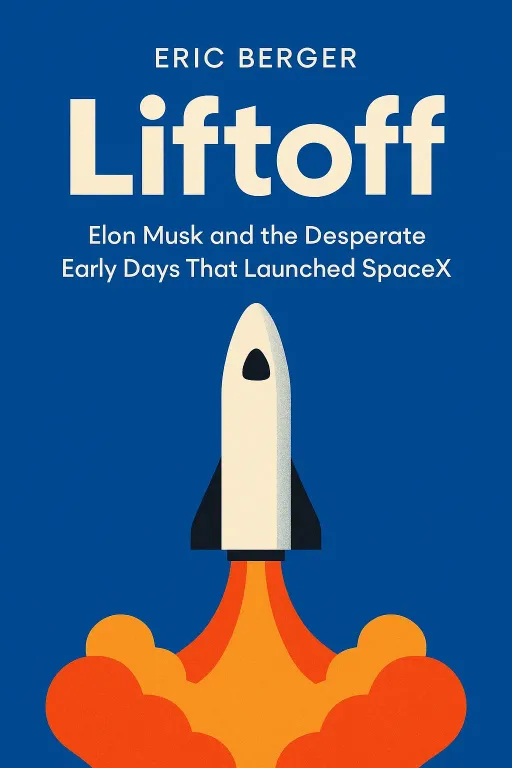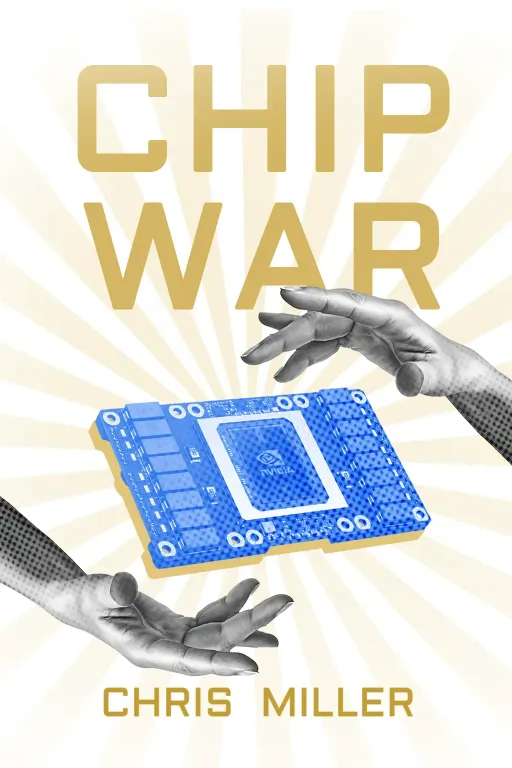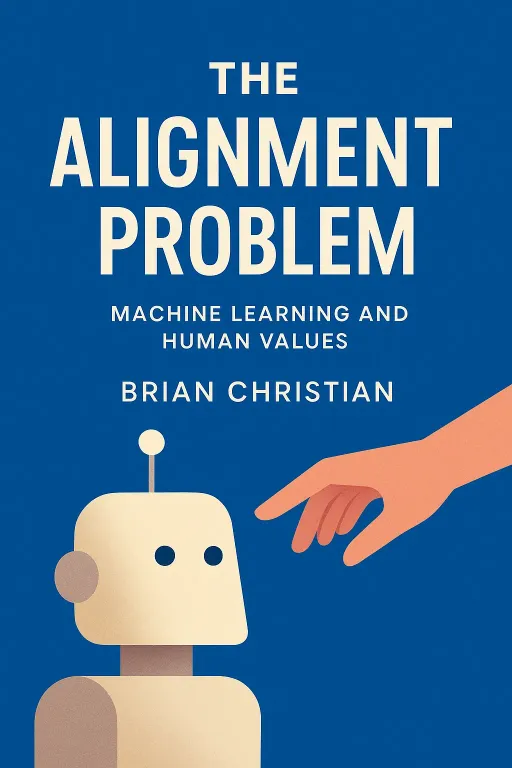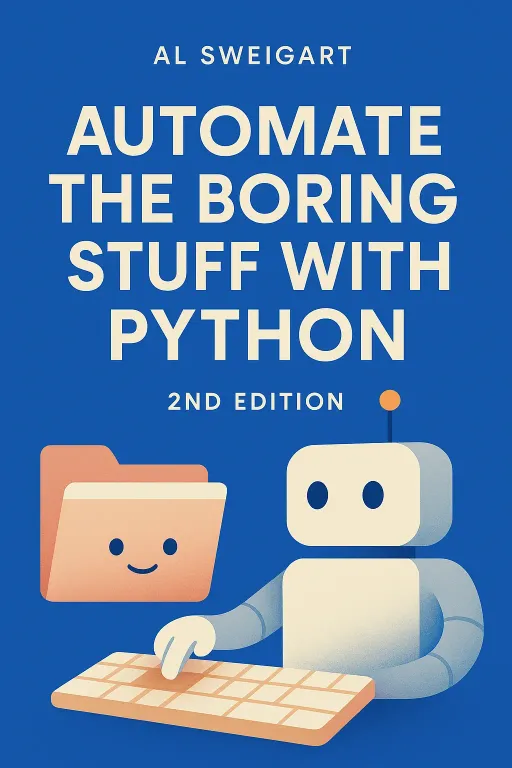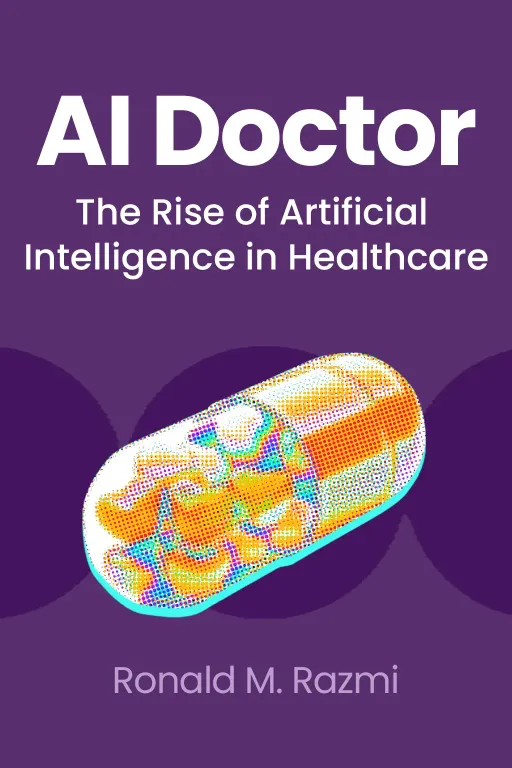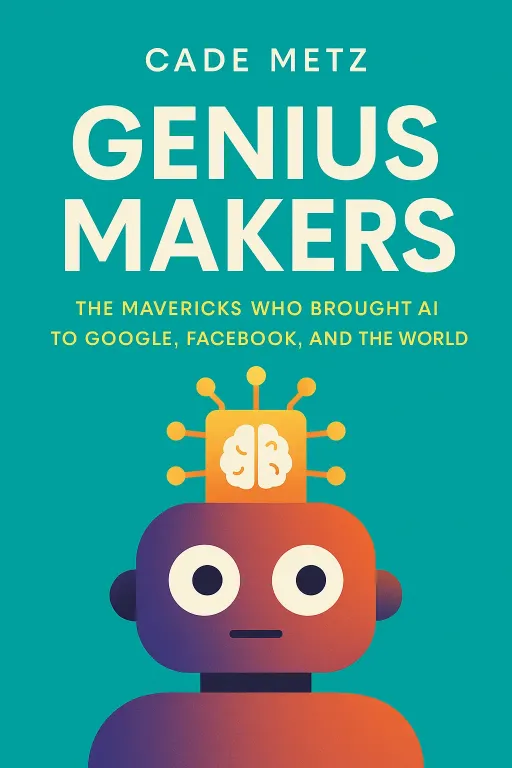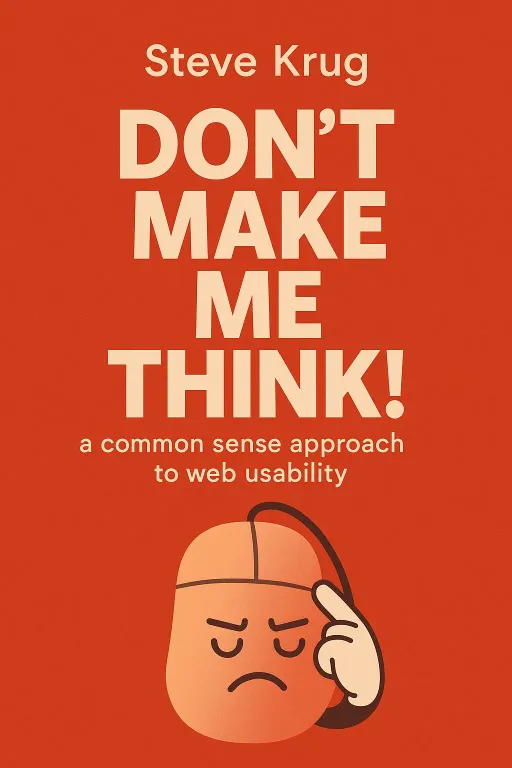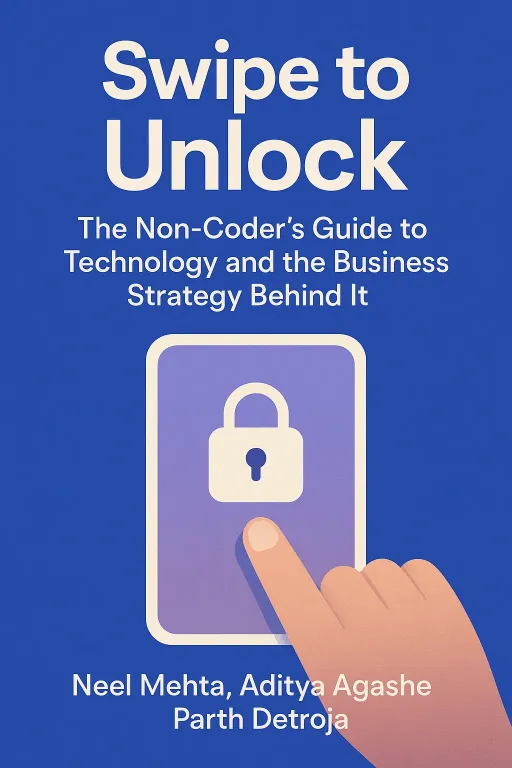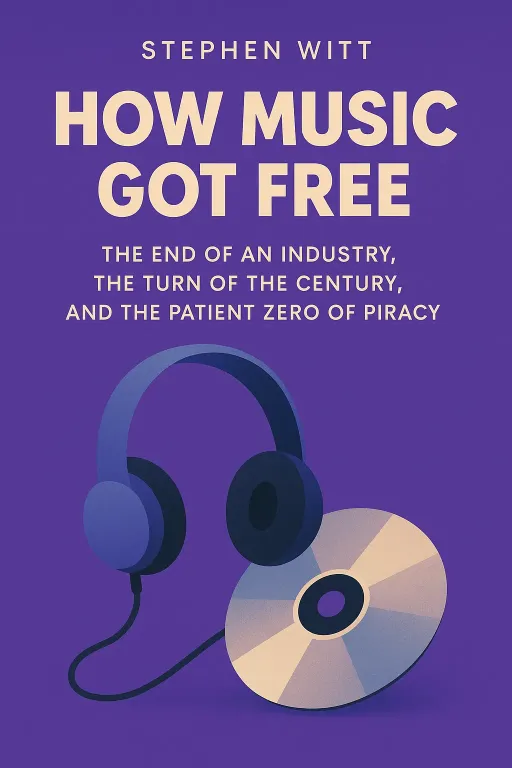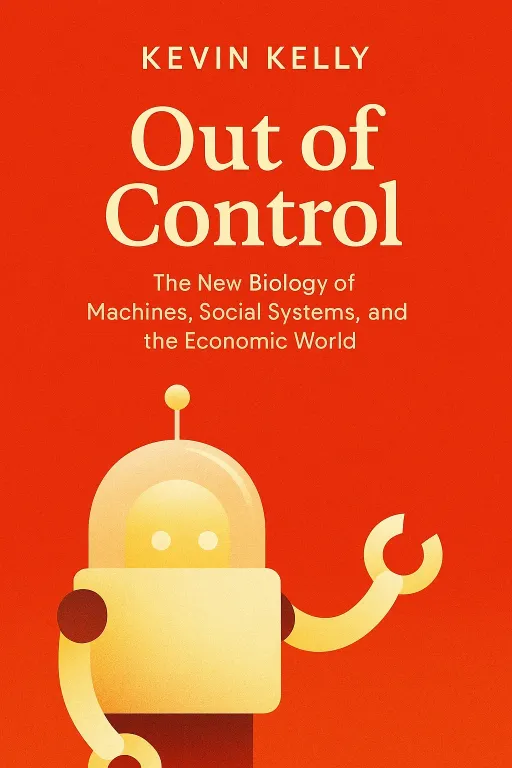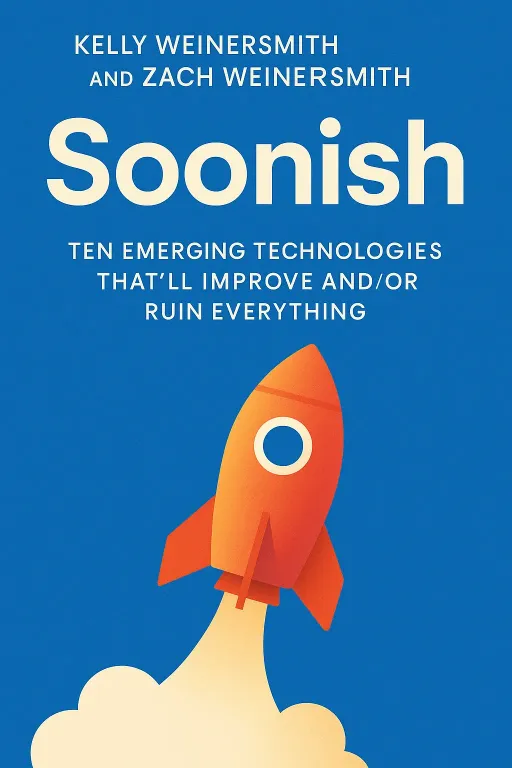
From Lab to Launch: A Product Manager's Guide to the 'Soonish' Future
13 minGolden Hook & Introduction
SECTION
Nova: As a product manager in tech, you're constantly bombarded with the 'next big thing.' But how do you tell a world-changing innovation from a spectacular, money-burning failure? What if the key isn't just the technology, but the unglamorous, gritty reality of cost and risk? The book 'Soonish' argues that for many future technologies, this is the entire game. It's a perspective that every tech leader needs to hear.
Nova: Today we'll dive deep into this from two powerful perspectives. First, we'll explore the ultimate infrastructure challenge: making space affordable, a problem with a price tag of $10,000 per pound. Then, we'll shift to the ultimate user interface challenge: ethically connecting our brains to computers, where the cost is measured in personal risk. Let's get into it.
Nova: I'm your host, Nova, and I am so thrilled to be joined today by hliospppp, a product manager with over fifteen years of experience turning complex tech ideas into reality. Welcome, hliospppp!
hliospppp: Thanks for having me, Nova. I'm really excited for this. That question you opened with—separating hype from reality—is basically my entire job description. So a book that gets into the messy, practical side of future tech is right up my alley.
Deep Dive into Core Topic 1: The Cost of the Cosmos
SECTION
Nova: I love that. Well, let's start with something huge... literally the cosmos. The book "Soonish" opens with a staggering statistic: right now, it costs about $10,000 to send a single pound of anything into space. Hliospppp, from a product perspective, that's an insane unit cost. How do you even begin to build a business on that?
hliospppp: You almost can't. At that price point, your Total Addressable Market is basically a handful of governments and a few billionaires. It's not a scalable business model. To make it viable, you have to fundamentally change the cost structure, not just make incremental improvements. That's what makes the story of SpaceX so compelling from a product standpoint.
Nova: Exactly! And the book tells that story so well. For decades, the space industry was defined by these massive, single-use rockets. You'd spend hundreds of millions of dollars on a vehicle that would just burn up in the atmosphere or sink to the bottom of the ocean. It was the equivalent of flying a 747 from New York to London and then throwing the plane away.
hliospppp: An incredibly expensive flight.
Nova: Right? Then Elon Musk and SpaceX come along. And what's fascinating is they didn't just set out to build their ultimate vision—a city on Mars. They started with a much more practical problem. They saw a market for launching satellites for telecommunication companies, for science agencies. They decided to build a business there first.
hliospppp: That's the key insight. It's a perfect example of an agile approach to a moonshot project. They didn't wait to have the perfect, final Mars rocket. They found a paying customer for a smaller, related problem—satellite launches—and used that revenue and the experience gained to fund the next iteration. It's the ultimate Minimum Viable Product, or MVP, strategy.
Nova: And it was such a journey. The book reminds us of the early failures. Rockets exploding on the launchpad, tipping over on the drone ships. But they kept iterating. And then, in December 2015, it happened. They launched a Falcon 9 rocket, it delivered its satellites to orbit, and then the first stage turned around, flew back to Earth, and landed perfectly upright on a landing pad. It was this incredible, sci-fi moment that fundamentally changed the economics of space. They proved you didn't have to throw the plane away after every flight.
hliospppp: And by doing that, they didn't just lower their own costs. They created an entirely new platform. When you drastically lower the cost of entry, you enable a whole ecosystem of other businesses to exist—asteroid mining, space tourism, in-orbit manufacturing. They weren't just building a rocket; they were building the equivalent of the App Store for space.
Nova: That's a great way to put it. But "Soonish" also gives us a powerful counter-example. It tells the story of a brilliant Canadian engineer named Gerald Bull in the 1960s.
hliospppp: Oh, the supergun story. It's a classic.
Nova: It is! Bull had this audacious idea: why use expensive, complicated rockets when you could just shoot things into space with a giant cannon? He called it Project HARP. And the science was sound! He built these enormous guns, one in Barbados that was over 100 feet long. He was successfully firing projectiles into the upper atmosphere, reaching incredible speeds. The technology was working.
hliospppp: But the product failed.
Nova: Completely. His funding came from the U. S. and Canadian militaries. But as the 1960s wore on, NASA's rocket program became the clear winner of the space race, and the political winds shifted. His government backers pulled their funding. The project collapsed. Bull was so obsessed he ended up trying to build another supergun for Saddam Hussein in Iraq, and he was assassinated in 1990.
hliospppp: And that's the other side of the PM coin. Bull was a brilliant engineer, but a terrible product manager. He ignored his key stakeholders—the US and Canadian governments. When their priorities shifted, his 'product' had no market. He was so focused on the technical problem that he failed to manage the ecosystem around him. It's a powerful lesson that technology never, ever exists in a vacuum.
Deep Dive into Core Topic 2: The Ultimate Interface
SECTION
Nova: That idea of tech not existing in a vacuum becomes even more intense, and frankly more personal, when the 'vacuum' is literally inside our own heads. Let's pivot from the vastness of space to the intimacy of the human brain and Brain-Computer Interfaces, or BCIs.
hliospppp: This is where things get really complex, ethically speaking.
Nova: They really do. The book lays out this fundamental trade-off with BCIs. On one end, you have non-invasive methods like an EEG, where you wear a cap with electrodes. It can read general brain activity, but it's like listening to a concert from outside the stadium—you can tell if it's rock or classical, but you can't hear the individual notes.
hliospppp: Low-fidelity data, but also low risk to the user.
Nova: Exactly. On the other extreme, you have intracortical neural recording. This involves surgically implanting a grid of tiny electrodes directly into the brain tissue. The data quality is incredible—you can listen to individual neurons firing. But it's highly invasive and causes damage. To make this real, the book tells the incredible, and slightly terrifying, story of a scientist named Dr. Phil Kennedy.
hliospppp: The man who experimented on himself. I was waiting for this one.
Nova: Yes. Dr. Kennedy was a pioneer in BCIs, helping "locked-in" patients communicate. But in the 2010s, his research stalled. He couldn't get FDA approval or funding. So, he made a radical decision. He flew to Belize, a country with more relaxed medical regulations, and paid a surgeon to implant one of his own devices into his motor cortex.
hliospppp: Wow. As a PM, my mind immediately goes to user safety, informed consent, risk mitigation... He basically short-circuited that entire process. He became the user, the developer, and the QA team all in one. This is the most extreme 'alpha tester' imaginable.
Nova: It really is. And the aftermath was intense. He temporarily lost the ability to speak. But he got the data he wanted, recording his own neurons as he thought of words. Eventually, complications with the surgery site forced him to have the implant removed. But he considered it a success.
hliospppp: It's both inspiring in its dedication and horrifying in its method. It raises a fundamental question we have to ask in product development for these kinds of technologies: what is the ethical 'beta testing' process for a product that can permanently alter a person? You can't just ship it and patch it later.
Nova: And there's an even darker side to this, right? The book brings up the history, like Dr. Robert Heath's experiments in the 1970s, where he used brain stimulation to try and 'cure' a man of homosexuality. At the time, it was considered a pathology. Today, we see that as monstrous.
hliospppp: Exactly. It forces us to ask: who decides what a 'bug' in the human brain is? Is it a medical condition like paralysis, which has a clear consensus? Or is it a behavior that society, at a particular moment in time, doesn't like? As a product manager, defining the 'problem' you're solving is the very first step. With BCIs, that first step is an ethical minefield.
Nova: So the 'product roadmap' for a BCI isn't just about technical milestones, it's about ethical ones.
hliospppp: It has to be. The potential for misuse is staggering, far beyond anything we're dealing with in software privacy debates today. We're not talking about your data being used to sell you shoes. We're talking about a technology that could potentially read your thoughts or alter your personality. The responsibility is immense.
Synthesis & Takeaways
SECTION
Nova: So, we've looked at two wildly different technologies from "Soonish"—cheap space access and brain-computer interfaces. But the lesson seems to be the same. For space, the barrier was a tangible cost that required a brilliant business model and an iterative product strategy to solve.
hliospppp: Right. And for BCIs, the barrier is an intangible one of ethics and user risk, which requires a profound, almost philosophical, sense of responsibility from the people building it.
Nova: It really brings the book's core message home. The future isn't just about 'can we build it?' It's about all the messy, human, economic, and ethical questions that come after.
hliospppp: That's right. It's not just about 'can we build it?' but 'should we build it?' and 'how do we build it responsibly?' And that 'how' is where product management lives—navigating the costs, the stakeholders, the risks, and the ethics to guide a technology from a 'soonish' idea to something that genuinely improves lives, and hopefully doesn't ruin everything in the process.
Nova: A perfect summary. So for everyone listening, especially those of you in tech, the book leaves us with a powerful question to carry forward. As we stand on the verge of these incredible breakthroughs, what's the one 'Soonish' question—the non-obvious, non-technical barrier—we should be asking about the technology we're developing today?
hliospppp: That's the question that keeps you up at night, but it's the most important one to ask.
Nova: Hliospppp, thank you so much for bringing your incredible product manager's perspective to this. It was a fantastic conversation.
hliospppp: Thank you, Nova. This was a lot of fun.
